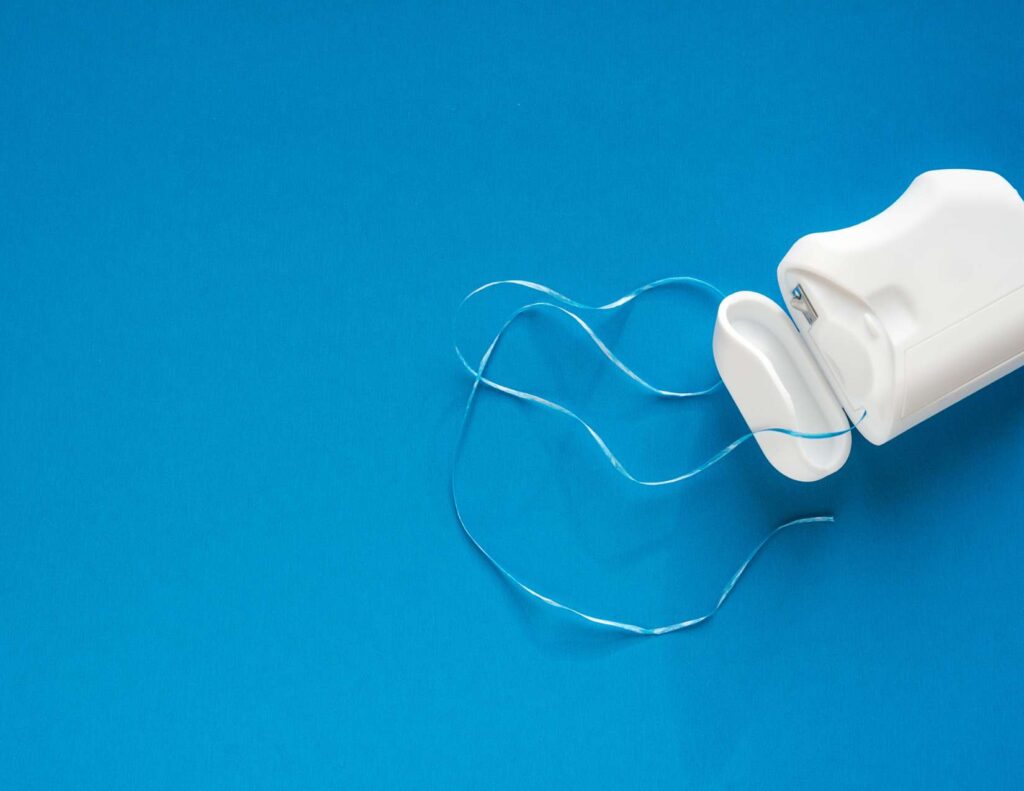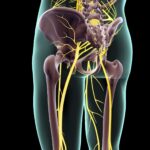Feel Better Today with Nerve Flossing for Sciatica
As a chiropractor and acupuncturist, I’ve seen many patients suffering from sciatica, a condition that causes pain in the lower back, hips, and legs. Sciatica is often caused by the compression of the sciatic nerve, which runs from the lower back to the legs. While there are several treatments for sciatica, one that has gained popularity in recent years is nerve flossing. In this article, I will explain what nerve flossing for sciatica is, how it works, and how it can help you feel better today!

Table of Contents
What is sciatica and how is it caused?
Sciatica is a common condition that affects millions of people worldwide. It is caused by the compression of the sciatic nerve, which is the largest nerve in the body. The sciatic nerve runs from the lower back, through the hips and buttocks, and down the legs. When the nerve is compressed, it can cause pain, numbness, tingling, and weakness in the affected areas.
There are several causes of sciatica, including herniated discs, spinal stenosis, degenerative disc disease, spondylolisthesis and piriformis syndrome especially during pregnancy.
- Herniated discs occur when the soft inner material of a disc in the spine pushes through the outer layer and presses against the sciatic nerve.
- Spinal stenosis is a condition where the space around the spinal cord and nerves narrows, putting pressure on the sciatic nerve.
- Degenerative disc disease is a condition where the discs in the spine lose their flexibility and cushioning, causing them to press against the sciatic nerve.
- Spondylolisthesis is a condition where one vertebra in the spine slides forward over another, causing pressure on the sciatic nerve.
- Piriformis syndrome during pregnancy is a condition where a muscle in the buttocks compresses the sciatic nerve.

What is nerve flossing and how does it work?
Nerve flossing, also known as “neural gliding or nerve mobilization,” is a technique used to relieve nerve pain by gently mobilizing the nerve. The aim of nerve flossing is to improve the mobility and flexibility of the nerve, reducing tension and pressure on the affected area.
The technique involves moving the affected limb in a specific way to stretch and mobilize the nerve. This movement helps to free up any adhesions or scar tissue that may be causing the nerve to become compressed. The goal is to create a sliding or gliding motion of the nerve through the surrounding tissues.
Benefits of nerve flossing for sciatica
Nerve flossing has several benefits for people with sciatica. One of the primary benefits is the reduction of pain. By mobilizing the nerve and reducing tension in the surrounding tissues, nerve flossing can help to relieve pain and discomfort.
Another benefit of nerve flossing is improved mobility and flexibility. The technique can help to increase the range of motion in the affected area, making it easier to perform daily activities. It can also help to reduce the risk of future injuries by improving the strength and flexibility of the muscles and tissues surrounding the nerve.
When to use nerve flossing for sciatica
Nerve flossing can be used in conjunction with other treatments for sciatica, such as other stretches and exercises for sciatica, chiropractic care, and medication. It is often used when other treatments haven’t been effective in relieving the pain and discomfort associated with sciatica.
Nerve flossing can be used as a preventative measure for people who are at risk of developing sciatica. It can also be used to manage the symptoms of chronic sciatica or people who are in the last stages of sciatica.

How to perform nerve flossing for sciatica
To perform nerve flossing for sciatica, you will need to follow a series of specific movements designed to mobilize the nerve. Here are the steps to perform nerve flossing for sciatica:
- Sit or lie down in a comfortable position.
- Straighten your affected leg and keep your foot flexed.
- Slowly lift your leg up and hold it for a few seconds.
- Lower your leg slowly and bend your knee.
- Point your toes and lift your heel towards your buttocks.
- Hold this position for a few seconds before lowering your leg again.
- Repeat this movement 10-15 times, several times a day.
Tips for effective nerve flossing
Here are some tips for performing nerve flossing effectively:
- Start SLOWLY and gradually increase the intensity of the movement.
- LISTEN to your body and stop if you experience any pain or discomfort.
- BREATHE deeply and slowly throughout the movement.
- Perform the movement on BOTH sides of the body, even if only one side is affected by sciatica.
- Incorporate nerve flossing into your DAILY routine for best results.

Safety precautions for nerve flossing
While nerve flossing is generally safe, there are some precautions you should take to avoid injury:
- Do NOT perform nerve flossing if you have an acute injury or inflammation.
- CONSULT with a physical therapist or healthcare provider before starting nerve flossing.
- If you experience pain or discomfort, STOP the movement immediately.
- Do NOT force the movement beyond your comfort level.
Other treatments for sciatica and how they compare to nerve flossing
There are several other treatments for sciatica, including physical therapy, chiropractic care, medication, and surgery. Chiropractic care for sciatica focuses on improving the mobility and strength of the affected area. Medication can be used to relieve pain and inflammation. Surgery is often a last resort for severe cases of sciatica.
While these treatments can be effective for relieving sciatica, they may not work for everyone. Nerve flossing is a safe and non-invasive alternative that can be used in conjunction with other treatments or on its own.

Does sciatic nerve flossing work?
Many people have reported success with nerve flossing for sciatica. Some have reported an immediate relief from sciatic pain, a significant reduction in pain and an improvement in mobility after just a few weeks of performing the technique. Others have reported a COMPLETE resolution of their symptoms after several months of regular nerve flossing.
Can nerve flossing make sciatica worse?

Nerve flossing can definitely make sciatica worse if done incorrectly. It is important to be careful when doing nerve flossing and follow all the instructions provided by your doctor or a certified physical therapist. If you don’t feel comfortable with the exercise, stop it immediately and consult your healthcare provider. Improperly done nerve flossing can cause more compression of the nerves and lead to increased pain. If done correctly, however, it can be very effective in helping reduce symptoms of sciatica. It is important to remember that nerve flossing isn’t a cure-all for sciatica, but it can help improve flexibility and decrease tightness in muscles that may be causing sciatica pain.
How often should you do sciatic nerve flossing?
Sciatic nerve flossing should be done as part of an overall plan for sciatica pain relief. Depending on the severity of your symptoms, you may want to do it every day or two-to-three times per week. It is important to remember that not all stretching and strengthening exercises are beneficial in sciatica pain relief. It is important to speak to your doctor prior to starting any stretching routine. They can advise you on the best exercises for your particular condition and provide guidance on proper technique and frequency of sciatic nerve flossing.
Conclusion: Is nerve flossing right for you?
Nerve flossing can be an effective technique for relieving the pain and discomfort associated with sciatica. It is a safe and non-invasive alternative to other treatments, and it can be used in conjunction with other therapies or on its own.
If you are considering nerve flossing for sciatica, be sure to consult with a physical therapist or healthcare provider first. They can provide you with guidance on how to perform the technique safely and effectively.
Remember to start slowly, listen to your body, and be patient. With regular practice, nerve flossing can help you to relieve your pain and improve your quality of life!







